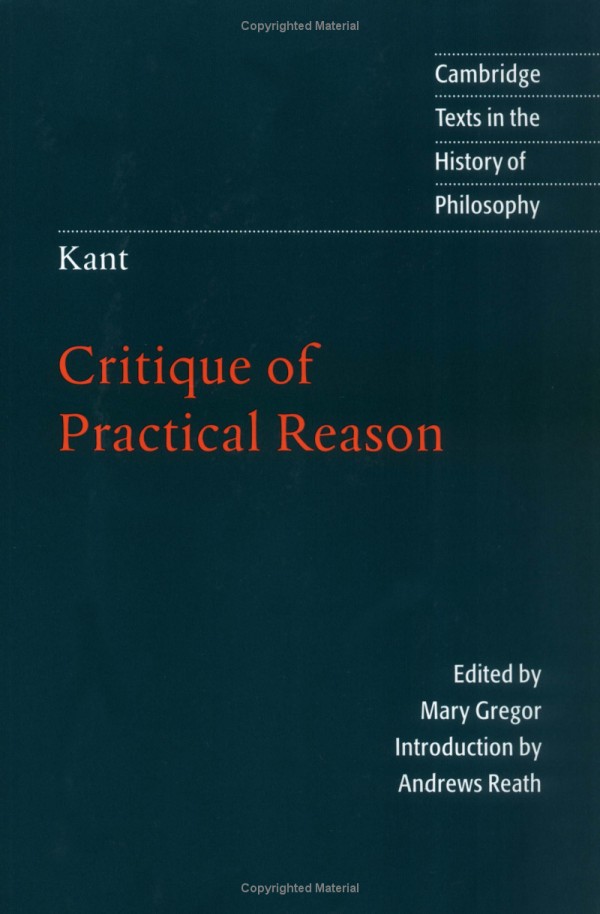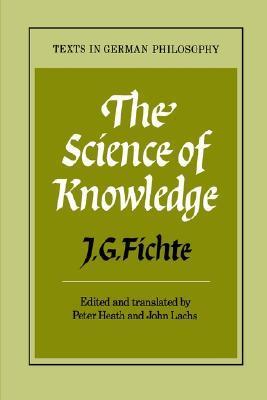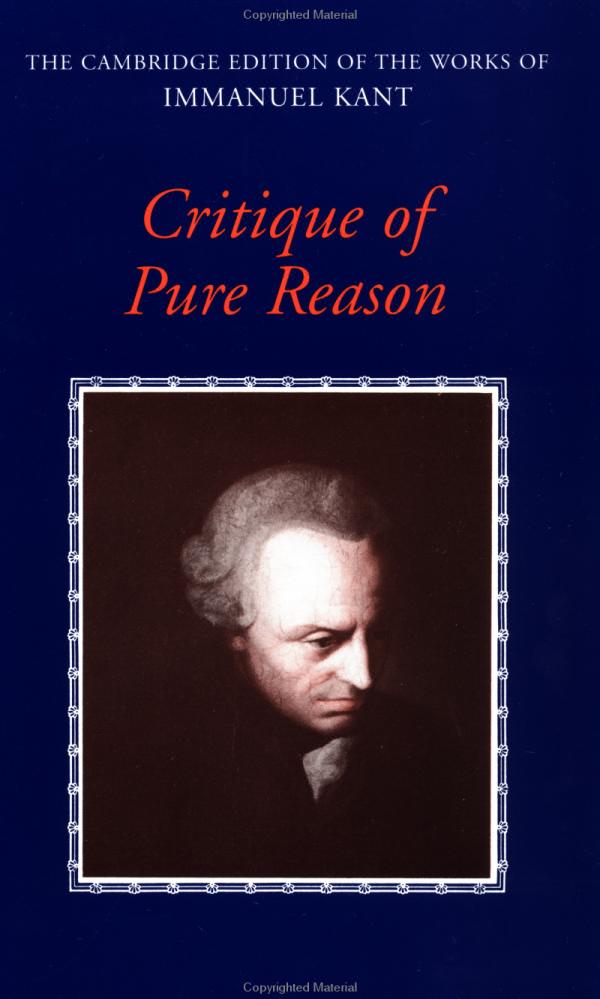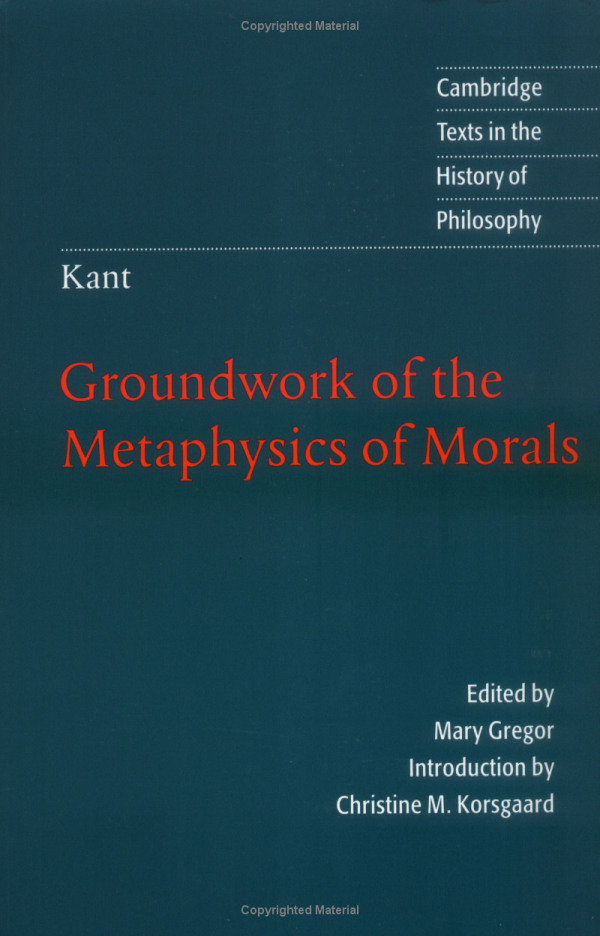
Critique of Judgment
Book Description
What if the beautiful and the sublime were more than mere feelings—they held the keys to understanding existence itself? In "Critique of Judgment," Immanuel Kant embarks on a thrilling exploration of aesthetics and morality, unraveling the intricate dance between nature and the human mind. With vivid examples and profound insights, he challenges perceptions of beauty and the sublime, asserting that our judgments reveal deeper truths about the world around us. As reason clashes with emotion, the boundaries of art and ethics blur in a captivating intellectual journey. How do our judgments shape the reality we experience?
Quick Book Summary
"Critique of Judgment" is Immanuel Kant's seminal work examining the nature of aesthetic and teleological judgment. Building upon his prior Critiques, Kant asks how humans experience and judge beauty, art, and purpose in nature. He argues that judgments of beauty are not purely subjective nor entirely objective; instead, they reflect a unique harmony between our senses and reason. Kant introduces the concept of the sublime—experiences both terrifying and enthralling—as vital to our understanding of ourselves and the limits of reason. Furthermore, he explores teleology, or the appearance of purpose in nature, suggesting that our minds impose a sense of order even when none is evident. Through his analysis, Kant bridges the gap between the world as it appears to us and the world as it is, forever altering the fields of aesthetics, philosophy, and art criticism.
Summary of Key Ideas
Table of Contents
Judgment and the Experience of Beauty
Kant's exploration begins with an investigation into aesthetic judgment, particularly the experience of beauty. He asserts that when we declare something beautiful, we're not simply voicing personal preference or stating an objective fact. Instead, these judgments are unique: they arise from a free play between imagination and understanding. While such claims aspire to universal agreement, they are rooted in subjective feeling. Kant contends that our sense of beauty provides insight into the way our minds seek harmony and commonality, laying the groundwork for collective aesthetic standards without relying on rigid rules.
The Sublime and Its Significance
The sublime, Kant argues, is another crucial form of aesthetic experience but differs markedly from beauty. Encountering the vastness or power of nature, such as stormy seas or towering mountains, can evoke feelings of awe and even terror. However, the sublime ultimately uplifts us, as it reveals the mind’s capacity to contemplate infinity and moral ideas that surpass sensory experience. Through the sublime, we become aware of something in ourselves—reason or moral autonomy—that cannot be overwhelmed by external forces, deepening our appreciation for both the limits and strengths of human cognition.
Autonomy and Universality in Aesthetic Judgment
A central question throughout the work is how aesthetic judgments claim a kind of universality. Kant explains that while these judgments are based on individual feeling, they solicit universal assent without being derived from concepts or rules. This unique autonomy of judgment exemplifies a free, disinterested pleasure, distinct from other forms of satisfaction such as the agreeable or the good. In doing so, Kant elevates the aesthetic sphere, positioning it as a bridge between the world of natural determinism and the sphere of moral freedom.
Teleology and Purpose in Nature
Beyond aesthetics, Kant turns to teleology—the perception of purpose or design in nature. Observing the apparent organization and functionality in living organisms, we often interpret them as if they were created with intent. Kant argues that this is a necessary regulative principle for human cognition: while we should not assert that nature itself has purpose, we must think of it in purposeful terms to make sense of biological phenomena. This approach allows science to function without invoking supernatural intent, reflecting the practical necessities of human understanding.
Bridging Nature and Freedom
Through his intricate analysis, Kant ultimately bridges the realms of nature and freedom. The Critique of Judgment serves as a mediator between pure reason (truth) and practical reason (morality), tying together the faculties of the mind. The aesthetic experience reveals humanity’s capacity for harmony and disinterested judgment, while teleology shows our need to ascribe purpose. Together, these insights reshape how we understand art, morality, and the relationship between humanity and the world, making Kant’s third Critique foundational for subsequent thought in philosophy, art theory, and beyond.
Download This Summary
Get a free PDF of this summary instantly — no email required.





